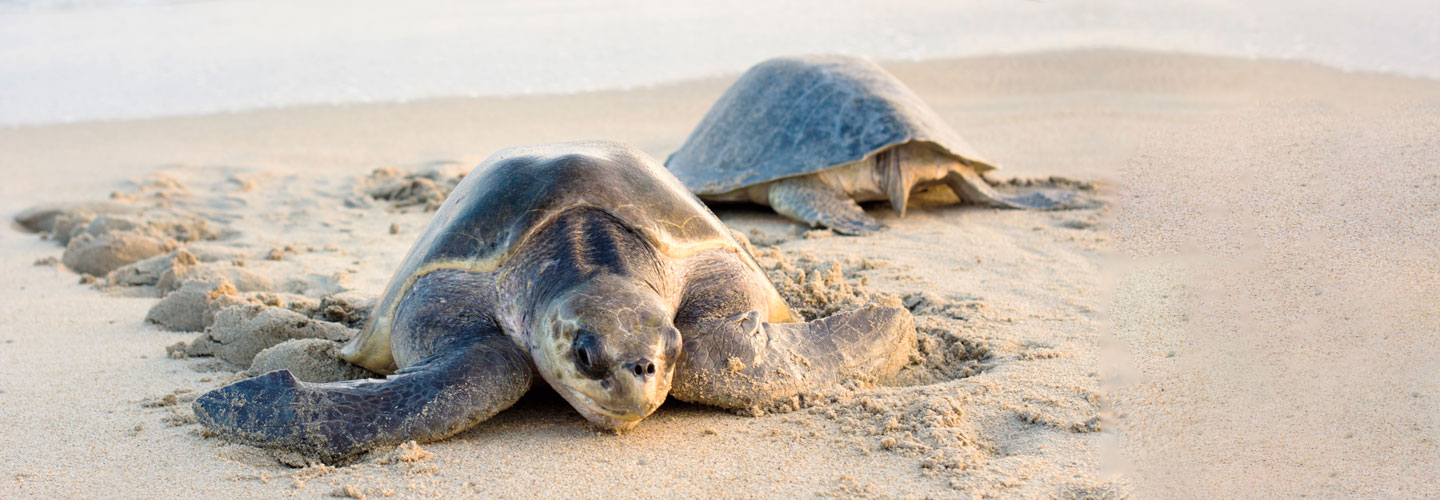During the late summer and early fall, an awesome spectacle takes place on Nicaragua’s Pacific coast. Thousands of olive ridley sea turtles emerge from the ocean. Slowly, they haul themselves up the beach. Using their flippers like shovels, the turtles dig holes in the sand. They lay their eggs. Then they make their way back down the beach and into the sea.
Hundreds of tourists travel to Nicaragua to see the turtles. But the event also attracts some unwanted visitors. Poachers come to the beaches too. They steal the eggs and sell them on the black market.
An awesome sight takes place on Nicaragua’s Pacific coast. It happens during the late summer and early fall. Thousands of olive ridley sea turtles come out of the ocean. They slowly pull themselves up the beach. The turtles use their fins like shovels. They dig holes in the sand. They lay their eggs. Then they head back down the beach and into the sea.
Hundreds of people travel to Nicaragua to see the turtles. But the event also attracts some unwanted visitors. Poachers come to the beaches too. They steal the eggs. They sell them illegally.

